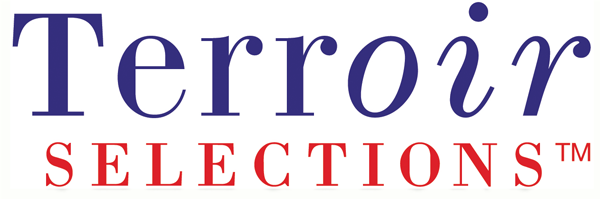Very pleasing to see not one but two of Terroir’s producers listed in this month’s Decanter magazine feature on France’s top 10 names for value. Both Château Pierre-Bise and Domaine Mas Jullien are listed in the top 10 – excellent recognition of two great producers.
Excerpts of the article are shown below.
Château Pierre Bise
Loire Valley
Most French regions have a philosopher-king in their midst; a grower who not only tends to his vines with great solicitude and vinifies his fruit with skill, but who asks the deep questions which others forget to pose, and who then teases out answers which will, sooner or later, lift the game for all.
Claude Papin performs this role for the central zone of the Loire – and not coincidentally overdelivers in all three on Anjou’s wine styles: red wines (from Anjou-Villages), dry whites (a range from different sites in both Savennières and Anjou-Villages) and sweet wines (from Coteaux du Layon and Quarts de Chaume). The range is large and complex, and Papin goes to extraordinary lengths to give voice to every nuance of which they are capable. Look out, in particular for his Sur Spilite red Anjou and Coteaux du Layon-Beaulieu Les Rouannières: the volcanic rock on which both are grown is the ‘pierre bise’ of the domaine name. But whatever the appelation and price point, this magnificent domaine will leave you with an intimate understanding of Anjou’s extraordinary intricacy and richness.
Mas Jullien
Terrasses du Larzac, Languedoc
Mas Jullien was one of the first domaines I visited in the Languedoc, in the mid-1990s. Olivier Jullien was a young pioneer, driven, he said, by a sense of ‘injustice’ at the dismissive way in which wine from Languedoc was viewed then. He was ambitious, intuitive, articulate, poetic – and his wines were finely crafted. I bought them and aged them; the 1998 Mas Julien, to take one example, is still drinking beautifully. Thats rare in the Languedoc. The past 15 years have seemed year of placid consolidation; yet under the surface, Jullien never stops questioning what he is doing. He has a very different set of vineyards to those he began with; the only oak he now uses are 600 litre demi-muids (in year one) and large foudres (in year two); and the blend of Mas Jullien, too, he greatly altered: it is in essence Crignan-Mourvèdre today, with little remaining Syrah and almost no Grenache. Flavours aside, though, it remains what it always was: a model of regional refinement and purity.
One to try: Mas Jullien, Terrasses du Larzac 2008
★★★★ 17
Energy, concentration, balance and aromatics subtlety – the diagnostic qualities of Mas Jullien are all amply in evidence in the 2008, one of the cooler vintages of the last decade. Earth, red fruits (warmer vintages bring black fruit) and fine leather dominate the nose at present. The palate is deep, textured and long, with an ifusion of juniper, pine and spice; as always, the tannic mass and inner structure are articulated through the fruit, rather than being a carapace, thanks to Olivier Jullien’s delicate handling and extractions. Drink: 2012-2020.Alc: 13.5%
